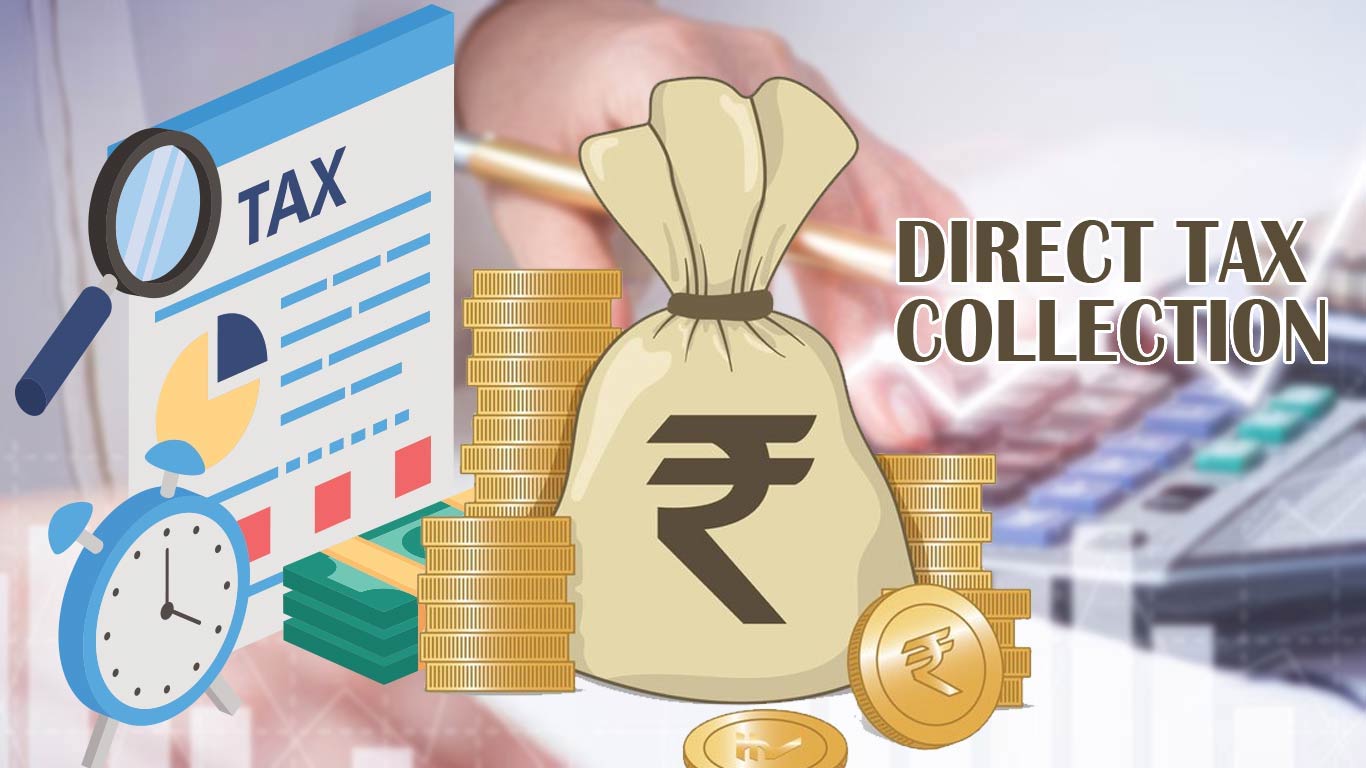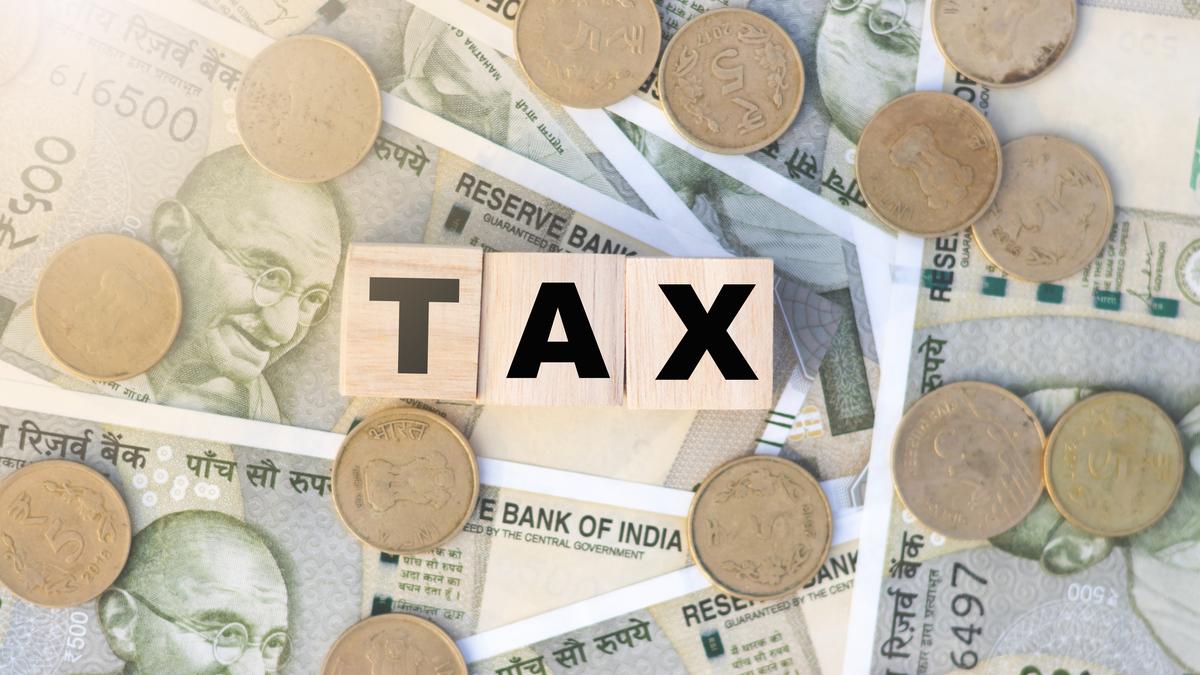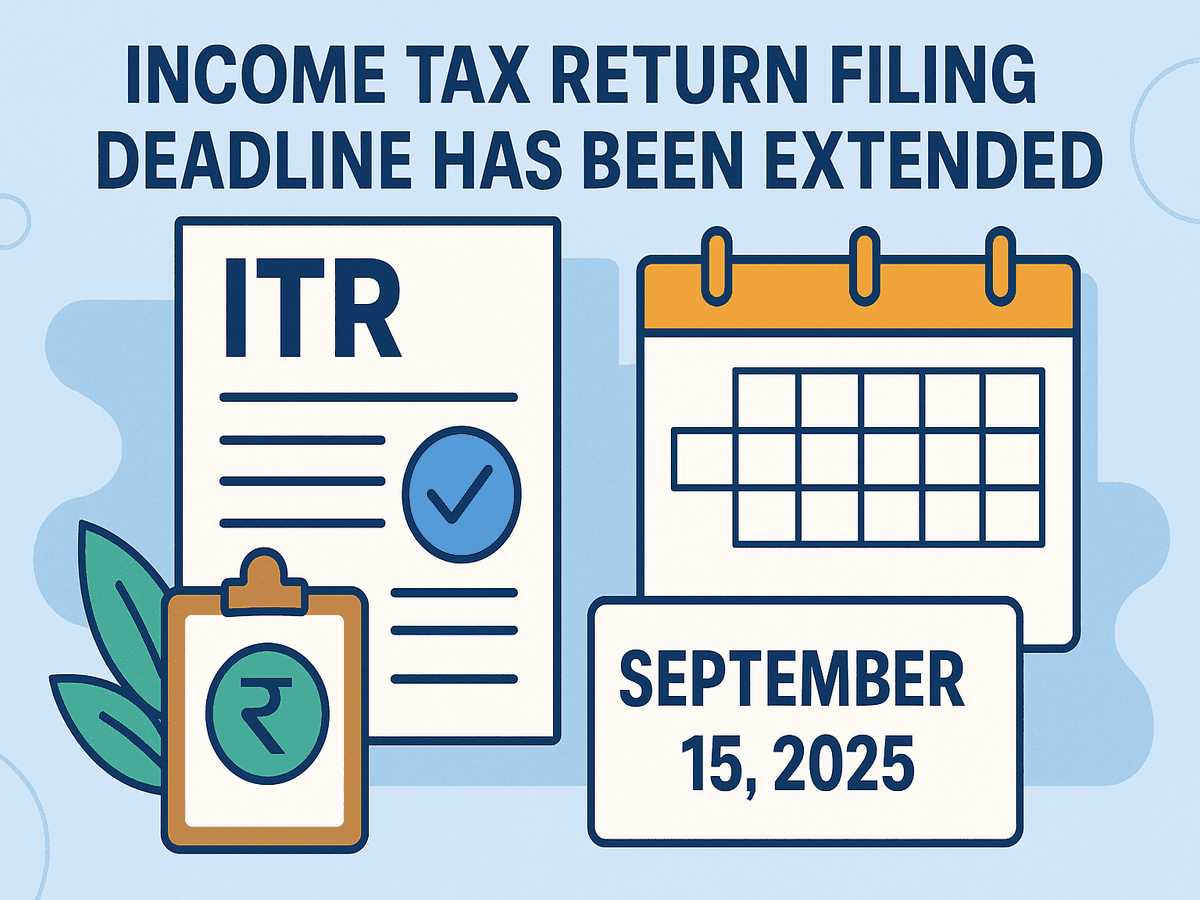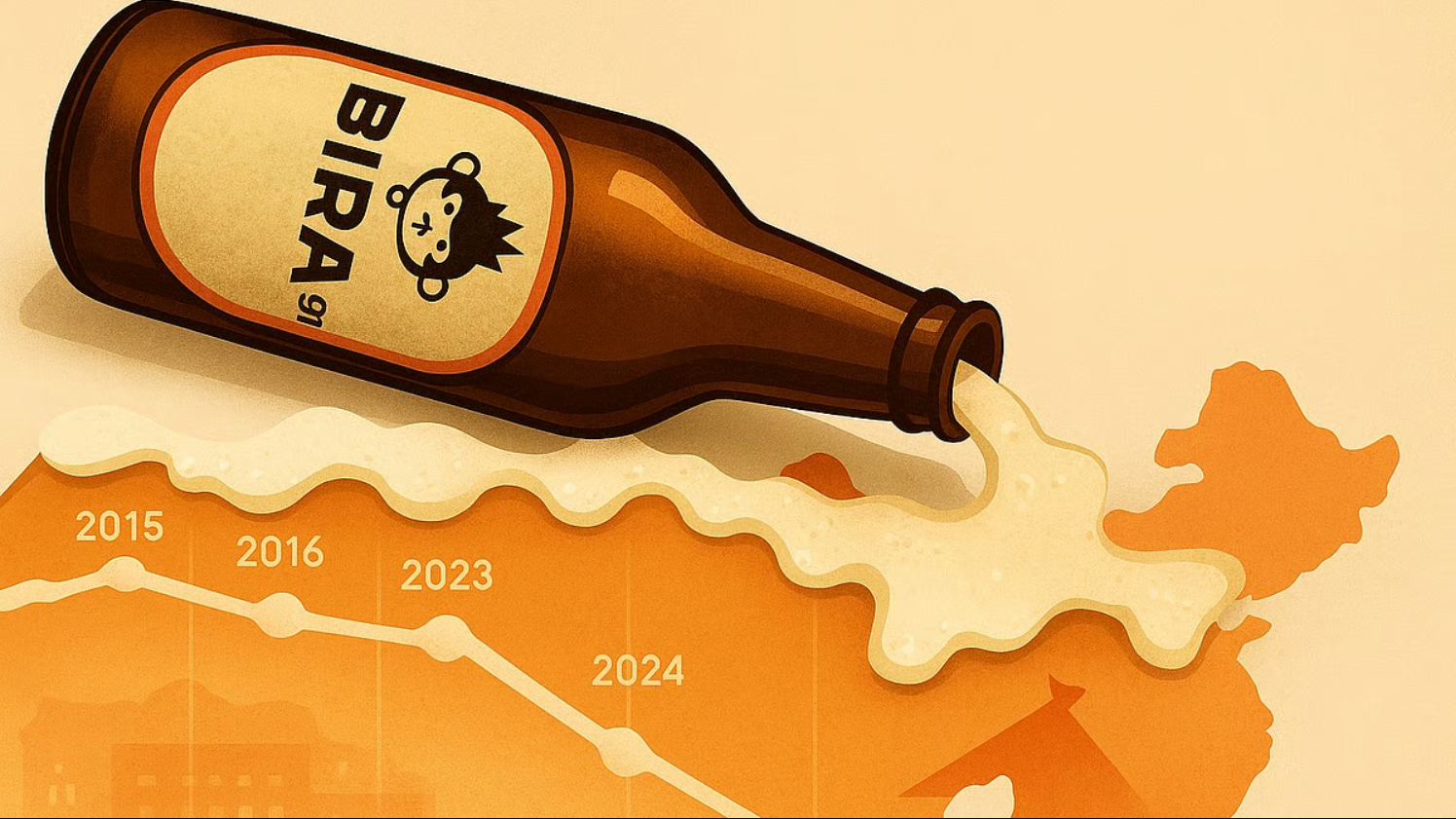India’s direct tax revenues are showing early signs of strain in the current financial year, with net collections falling 3.95 percent year-on-year to ₹6.64 lakh crore as of August 11. This is a significant gap from the pace required to achieve the ambitious ₹25.2 lakh crore target for FY26. At the current rate, collections represent just 26.3 percent of the annual goal, compared to 31.3 percent achieved in the same period last year.

The decline has been attributed to multiple factors. The FY26 budget introduced substantial income tax relief, raising the exemption limit in the new tax regime from ₹7 lakh to ₹12 lakh and reducing rates across several slabs. These measures are designed to boost household spending and investments, but in the short term they have reduced the inflow of personal income tax. The government estimates these reliefs will leave nearly ₹1 lakh crore in taxpayers’ hands over the year, supporting consumption-led economic growth.
In addition, this year’s deadline for filing individual tax returns has been extended to September 15, instead of the usual July 31. As a result, a large portion of self-assessment tax payments will arrive later than usual, temporarily lowering the current collection figures. Corporate and personal advance tax payments have also been subdued, reflecting cautious business sentiment and slower growth in earnings.
Data shows that corporate tax receipts, after refunds, have grown by 2.9 percent to ₹2.29 lakh crore so far, well below the 9.6 percent growth needed to meet annual goals. Personal income tax collections, including the securities transaction tax, have fallen by over 7 percent to ₹4.35 lakh crore, compared to the required growth rate of over 16 percent. The first quarter’s advance tax payments from non-corporate taxpayers fell by 2.68 percent, while corporate advance tax rose by only 5.86 percent.
Refund activity has further impacted the net collection figures. Refunds have risen by nearly 10 percent to ₹1.35 lakh crore, as the government pushes to speed up payment timelines. Corporate tax refunds alone have surged by over 21 percent this year, while personal income tax refunds have dropped by more than 16 percent.
Tax experts note that while the start of the year has been weak, collections could improve in the coming months as deferred filings come through and economic activity picks up. However, meeting the year’s targets will require sustained double-digit growth in both personal and corporate tax receipts for the remainder of FY26, a challenge given the current macroeconomic environment.
Stay informed on tax policy changes, economic trends, and investment strategies by following You Finance on Instagram and Facebook for expert updates and analysis.















